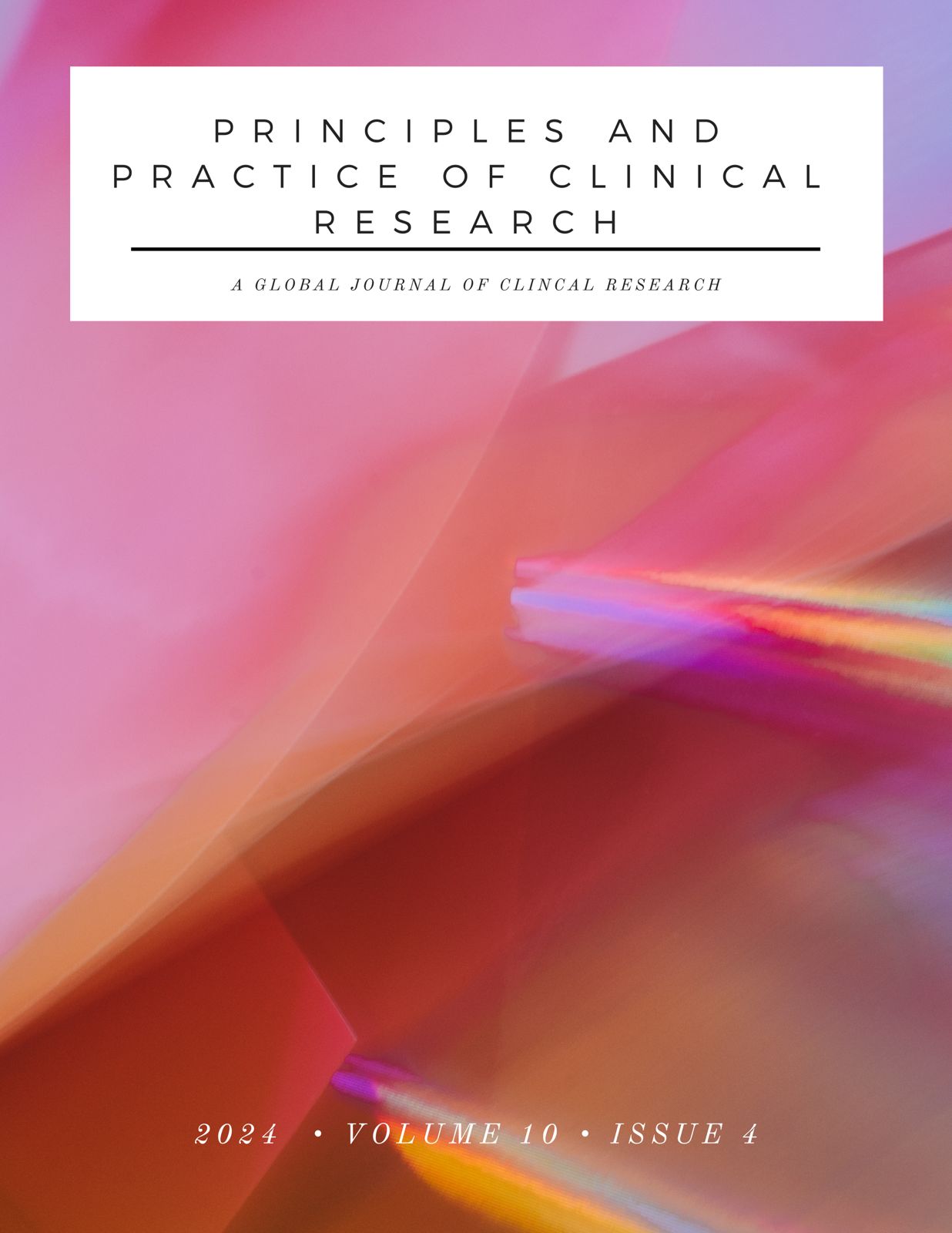Daniel Bancovsky
Pediatric neurology unit, Safra Children’s Hospital, Sheba Medical Center, Ramat Gan, Israel
Manjushree Shastry
Department of Medical safety surveillance and Medical Data Review - Oncology, IQVIA RDS INDIA LTD, Bangalore, India
Martina Caccamo
Neurology Unit, ‘A. Perrino’ Hospital, Brindisi, Apulia, Italy
Rebecca Soares
Rehabilitation Department. Hospital N. Sra de Meritxell, Andorra
Merce Avellanet
Rehabilitation Department. Hospital N. Sra de Meritxell, Andorra
Magali Coyoy-Say
San Carlos University, Guatemala, Guatemala
Sebastine Oiwoh
Dermatology and Venereology unit, Department of Internal Medicine, Irrua Specialist Teaching Hospital, Irrua, Edo state, Nigeria
Kumud Chapagain
Clinical Pharmacology and Therapeutics, B P Koirala Institute of Health Sciences, Dharan, Nepal
Ignacio Montealegre
Peace Corps Medical Officer, Peace Corps, Costa Rica
Omar Vazquez-Perez
Hope Medical and Dental Centre, Corozal, Belize
Rintu Sharma
Department of Medical Oncology and Hematology, Princess Margaret Cancer Center, Toronto, Canada
Asma Qudayr
Department of Clinical Pharmacy, College of Pharmacy, Taif University, Taif 21944, Saudi Arabia
Hoang Nguyen
Clinic for Cardiac, Thoracic and Vascular Surgery, Brunwick, Municipal Hospital, Brunwick, Lower Saxony, Germany
Beatrice Dal Bianco
Pio Albergo Trivulzio Rehabilitation clinic, Milan, Lombardy, Italy
Cynthia Borborema
Grupo Fleury, São Paulo, São Paulo, Brazil
Fabricio Kleber
Universidade de Caxias do Sul, RS, Brazil
Faiez Alsatou
Department of Thoracic and Vascular Surgery, Klinikum Chemnitz, Germany
Felipe Duarte
Critical Care Department, German Hospital Osvaldo Cruz, São Paulo, Brazil
Ilgen Genc
School of Medicine, Universidad Peruana Unión, Lima, Peru
Isabel Cabral
School of Medicine, Universidad Peruana Unión, Lima, Peru
Jessica Rodriguez
School of Medicine, Universidad Peruana Unión, Lima, Peru
Jorge Alave
School of Medicine, Universidad Peruana Unión, Lima, Peru
Juliana Calit
Real Hospital Português, Recife, Brazil
Lucas Vidoto
Real Hospital Português, Recife, Brazil
Luiz Viola
Real Hospital Português, Recife, Brazil
Maria Antonieta Lopes
Real Hospital Português, Recife, Brazil
Maria Magalhaes
São Leopoldo Mandic, Campinas, Brazil
Patricia Rioja
Postdoctoral Research Fellow, University of Texas Southwestern Medical Center, TX, USA
Ricardo E. Nunez-Rocha
Postdoctoral Research Fellow, University of Texas Southwestern Medical Center, TX, USA
Yoldyz Huynh
University of Texas at the Southwestern Medical Center, Dallas, TX, USA
Arantxa Ramirez
Department of Medicine, Beth-Israel Deaconess Medical Center, Harvard Medical School, Boston, MA, USA
Barbara Grohmann
Faculdade São Leopoldo Mandic, Campinas, Brazil
Walter Ramos
National Scoliosis Center
Alessandra Carvalho
SARAH Network of Rehabilitation Hospitals, Salvador, Bahia, Brazil
Abstract
Background: Human papillomavirus (HPV) is a preventable sexually transmitted infection and the major risk factor for cervical cancer. The global prevalence of HPV infection is high, especially in low- and mid- income countries (LMIC). HPV immunization has been shown to reduce high-grade cervical cancer lesions and cancer incidence. Despite global HPV vaccination programs initiated in 2006, uptake remains insufficient. Digital media offers a promising avenue to address vaccine hesitancy and improve vaccination rates among adolescents and their parents.
Objective: To evaluate the effectiveness of digital media interventions on HPV vaccination rates and intentions.
Methods: We undertook a comprehensive search for PubMed, Scopus, Web of Science, Cochrane databases, from inception until May 2024. The review included Randomized Controlled Trials (RCTs) and observational studies focusing on adolescents and young adults (9-26 years) and their parents, and it investigated the impact of digital interventions on vaccination rates and vaccination intention. The quality assessments were assessed using the Cochrane Risk of Bias 2 tool and an adapted Newcastle-Ottawa Scale for RCTs and observational studies respectively, while data extraction focused on study design, demographics, intervention types, and outcomes.
Results: From 2350 records, 23 studies (19 RCTs and 4 observational studies) met the inclusion criteria. Digital interventions, including text messages, mobile apps, video content, and web-based platforms, improved HPV vaccination intentions. Narrative-based videos were particularly effective in promoting parents and adolescents’ immunization, especially when the vaccine was offered immediately after the intervention. Nevertheless, barriers such as challenges with access, misconceptions, and socioeconomic factors often hinder translating of intentions into actual uptake.
Conclusion: Digital interventions showed great potential in increasing short-term HPV vaccination intentions. Future research should focus on long-term engagements to enhance the effectiveness of digital interventions in promoting HPV immunization uptake.
KEYWORDS: Human papillomavirus viruses; Vaccination, Digital Technology, Young adults, Adolescents, Parents;

